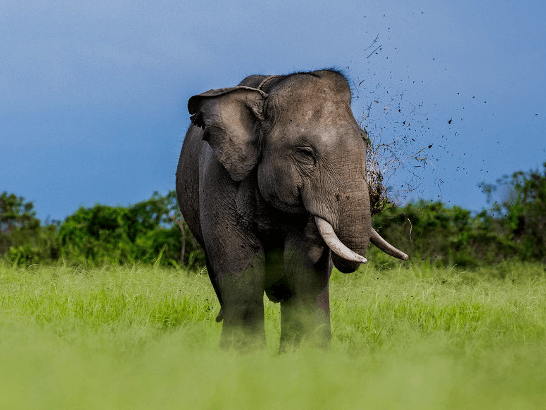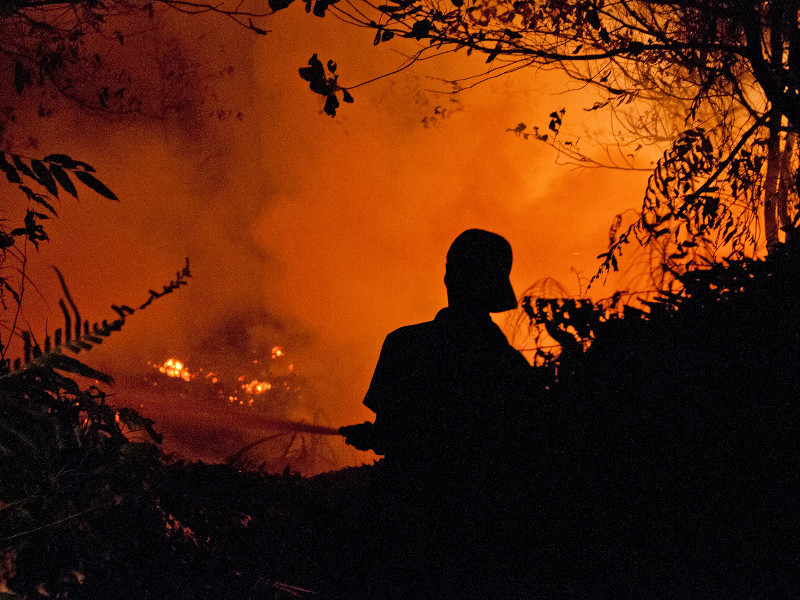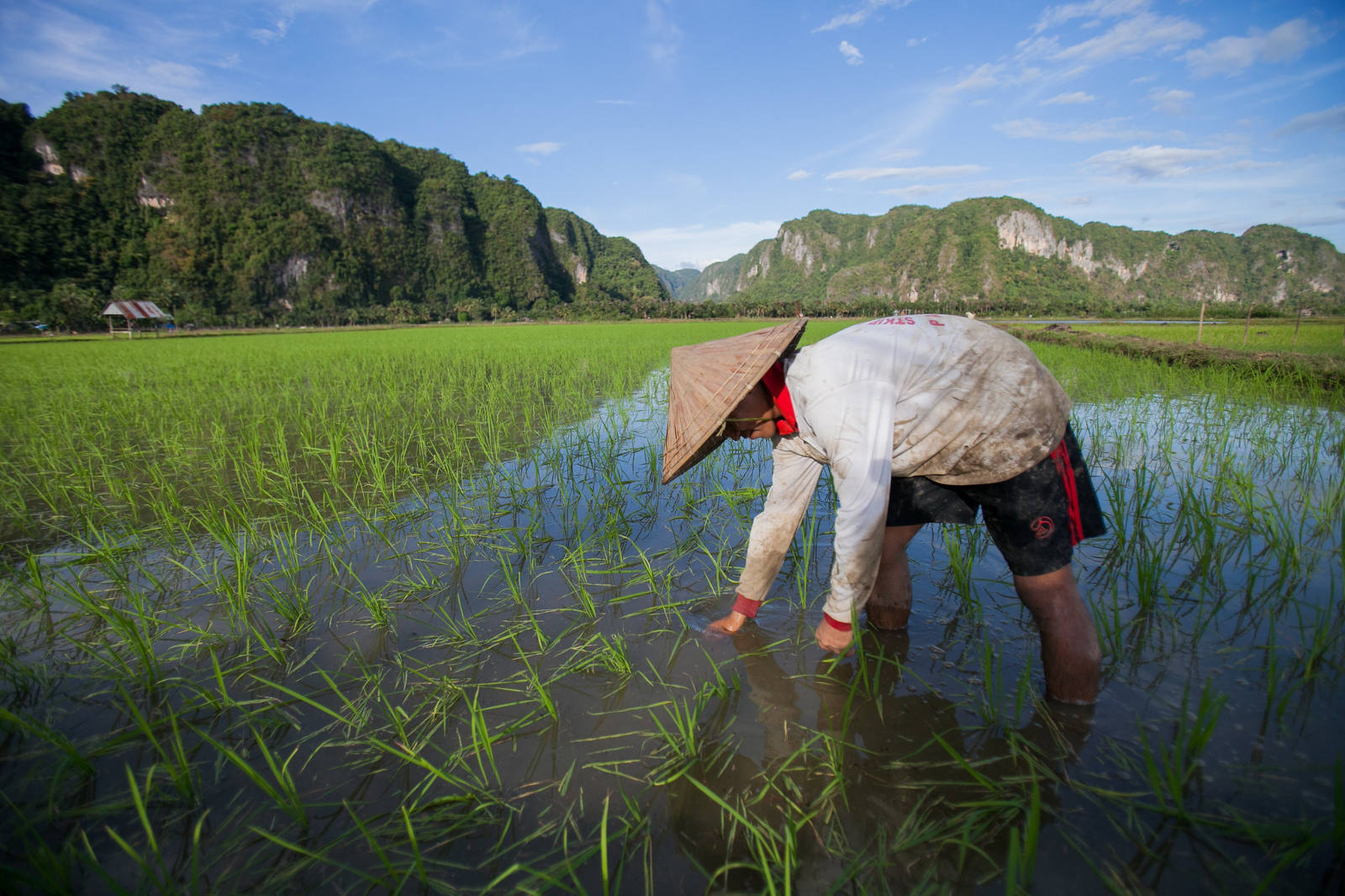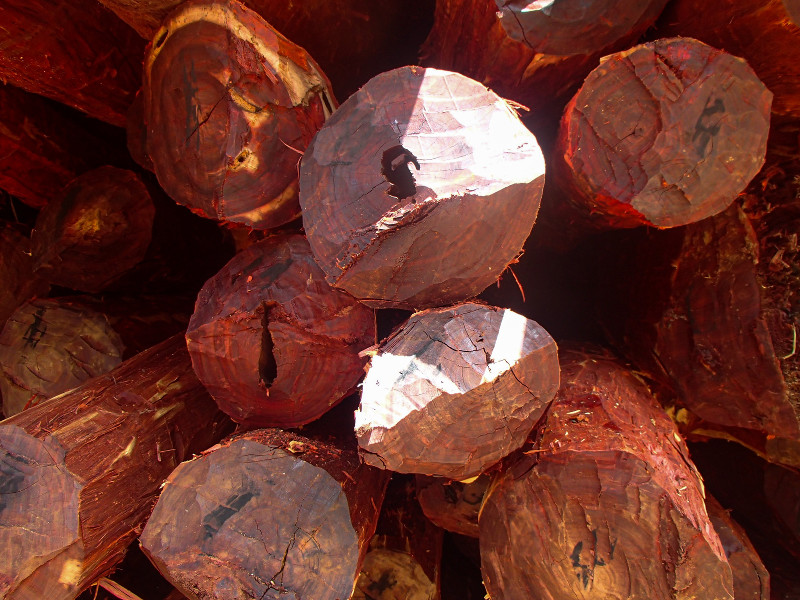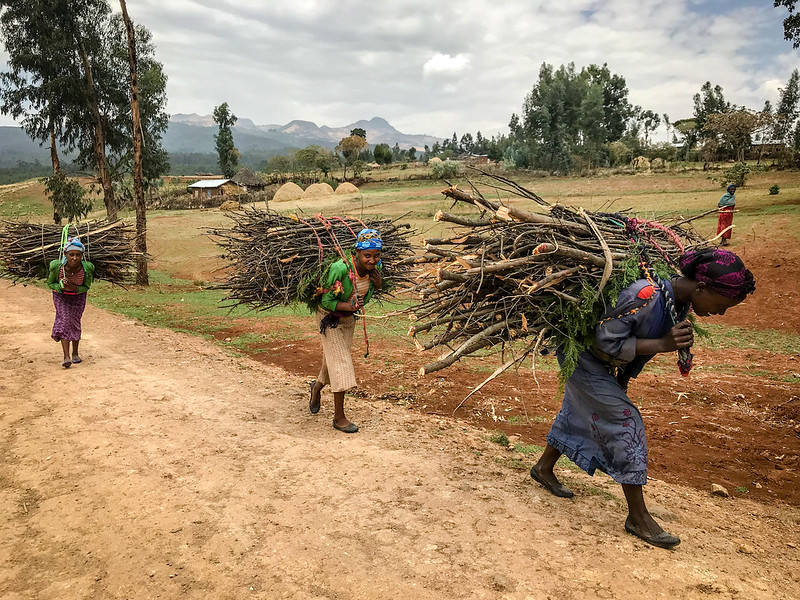Description
Peruvian peatlands store significant amounts of carbon. Mauritia flexuosa palm swamps form the prevailing peatland ecosystem in the Peruvian Amazon. This ecosystem is extensively threatened by degradation caused by the unsustainable practice of cutting whole palms for fruit collection. Despite decades of ongoing degradation, little attention has been paid to evaluating the location and extent of degradation and the magnitude of associated greenhouse gas emissions.
A pilot study of 350,000 hectares of the Pastaza-Marañón Basin showed 31% of M. flexuosa palm swamp peatlands were strongly degraded, 42% moderately degraded, and 27% had low levels of degradation. Human intervention in palm swamp peatlands translated into significant reductions in tree carbon stocks. Ongoing research by CIFOR suggests peat carbon losses from high degradation areas is higher than the emission factor for drained peat forest lands in the tropics set by the Intergovernmental Panel on Climate Change. This suggests that emissions from palm swamp peatland degradation could represent a significant share of national emissions, calling for a country-scale characterization and mapping of palms swamp peatland degradation.
The project supports the Peruvian government in mapping and assessing degradation of palm swamp peatlands in the Amazon region. The objectives are to:
1. Map M. flexuosa palm swamps and other land covers in areas classified as peatlands in the lowland Peruvian Amazon for the years 1990, 2007 and 2018.
2. Quantify changes in the area and degradation status of palm swamps peatlands for the periods 1990-2007 and 2007-2018.
3. Perform a preliminary estimation of CO2 emissions from vegetation changes associated with degradation of palm swamp peatlands over the periods 1990-2007 and 2007-2018.












